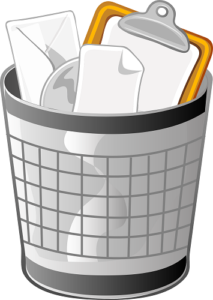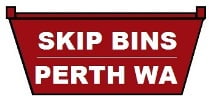 The average office environment produces a lot of waste, in a lot of varieties. There are all sorts of materials that get tossed out over the course of a typical workday. A good company or building will have a waste management plan using mini skip hire Perth to mitigate this.
The average office environment produces a lot of waste, in a lot of varieties. There are all sorts of materials that get tossed out over the course of a typical workday. A good company or building will have a waste management plan using mini skip hire Perth to mitigate this.
With this in mind, just what sorts of rubbish does a typical corporate office generate? For that matter, how much of what type makes up the overall picture?
What We Throw Away
On average, a significant percentage of the rubbish is going to be paper. 10,000 sheets of paper are made into rubbish yearly. On a daily basis, mixed paper products make up a significant amount.
Anywhere from 20% to 30% of what’s generated over the course of the day will be food waste. This might mean plastic wrappers, leftovers, or parts of food that just isn’t eaten. This is on a per-person basis, so it can add up to a huge bulk for a whole office.
Yearly, the average office worker goes through 129 plastic water bottles. This is reduced by offices that provide water coolers, but not by much. People like having water on-hand. Note that this also covers other plastic beverage containers.
Finally, the rest of it would be assorted rubbish. Damaged items or spent containers are probably going to be part of this.
Rubbish Processing
So, how would these be processed?
For mixed paper products, recycling is the best option. The average paper product can be reprocessed up to seven times without falling apart. There are also methods like printing double-sided that can reduce the amount of paper that goes into the mini skip hire Perth.
For food scraps, this stems from a tendency for people to buy more food than they eat. Most of it can be used for composting and mulching. Eating leftovers is also a smart move.
Plastic waste should also be recycled. Most of it, from containers and bottles to metal jars, can be reused. What can’t be recycled is usually more durable, such as food containers.
For general waste, there are two options. There’s recycling, which is possible for about 70% of it. For what can’t be recycled, the reduction should be the next idea.
Some businesses might be able to ask providers and suppliers to use reusable materials. For instance, reusable cups or mugs for a coffee shop can seem expensive at first but reduce overall operating costs in the long-term.

Recent Comments